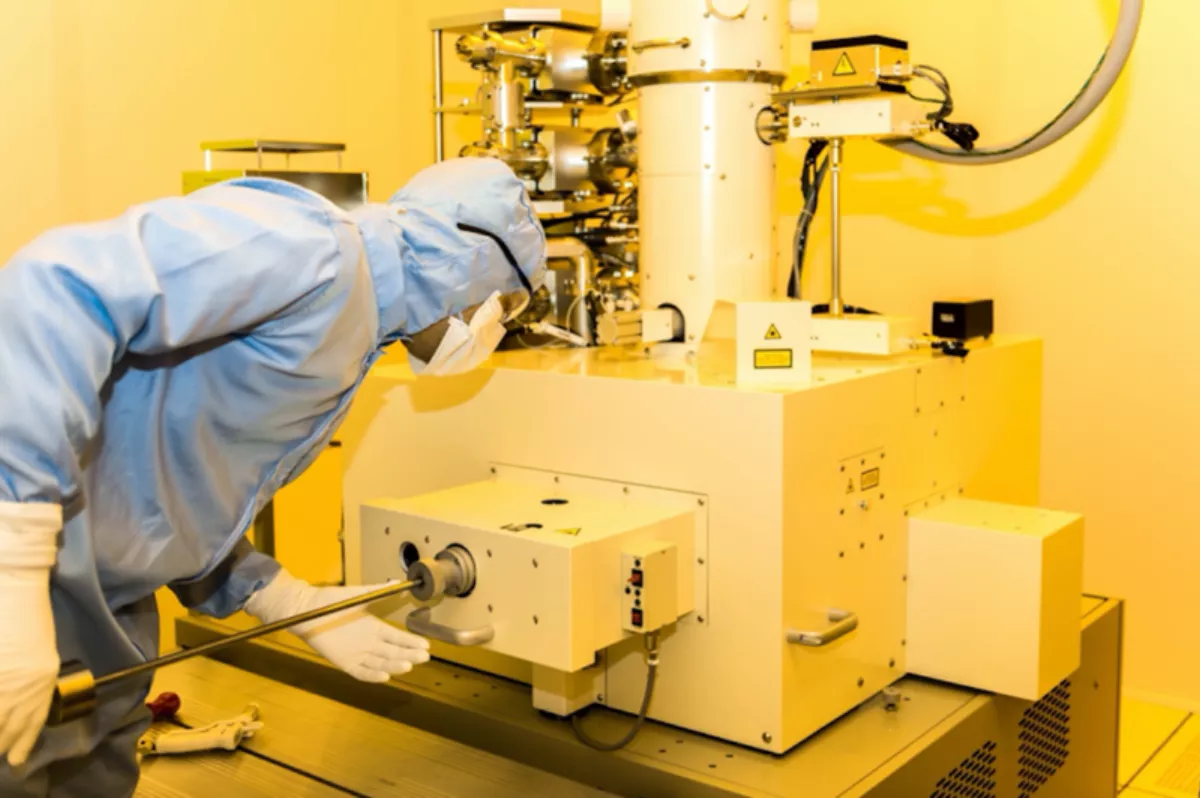
How quantum computing is set to impact the finance industry
Attempting to explain quantum computing with the comparison between quantum and classical computing is like comparing the world wide web to a typewriter, there's simply next to no comparison.
That's not to say the typewriter doesn't have its own essential and commercially unique uses. It's just not the same.
However, explaining the enormous impact quantum computing could have if successfully rolled-out and becomes globally accessible is a bit easier.
Archer Materials Limited (ASX:AXE) CEO Dr Mohammad Choucair outlined the impact quantum computing could have on the finance industry.
In an address to shareholders and academics, Dr Choucair outlined that "the global financial assets market is estimated to be worth trillions, and I'm sure it comes as no surprise that any capability to optimise one's investment portfolio or capitalise on market volatility would be of great value to banks, governments and everyone in the audience.
"Traders currently use algorithms to understand and, to a degree, predict the value movement in these markets. An accessible and operating quantum chip would provide immeasurable improvements to these algorithms, along with the machine learning that underpins them.
Archer is a materials technology-focused company that integrates the materials pulled from the ground with the converging materials-based technologies that have the capability to impact global industries including:
- Quantum Technology
- Human Health
- Reliable Energy
It could have an enormous impact on computing and the electric vehicles industries.
The potential for global consumer and business accessibility to quantum computing is the key differentiator between Archer Materials Ltd. and some of the other players in the market.

The company's 12CQ qubit, invented by Dr Choucair, is potentially capable of storing quantum information at room temperature.
As a result of this, the 12CQ chip could be thrown onto the motherboard of the everyday laptop, or tablet – if you're tech-savvy, and operate in coexistence with a classical CPU.
This doesn't mean the everyday user can now go and live out a real-world, real-time simulation of The Matrix.
But it does mean that the laptop you have in your new, European leather tote could potentially perform extremely complex calculations to protect digital financial and communication transactions.
To head the progress of the 12CQ Project, Archer hired Dr Martin Fuechsle, a quantum physicist, who is by no means new to the high-performing Australian quantum tech industry.
In fact, Dr Fuechsle invented the world's first single-atom transistor and offers over 10 years' experience in the design, fabrication and integration of quantum devices.
Archer has moved quickly over the last 12 months and landed some significant 12CQ milestones, including the first-stage assembly of the nanoscale qubit processor chip.
Along with the accurate positioning of the qubit componentry with nanoscale precision.
Both of these being key success factors to the commercial and technological readiness of the room-temperature chip.
Most recently, Archer announced the successful and scalable assembly of qubit array components of the 12CQ room-temperature qubit processor. Commenting on the success, Dr Choucair announced: "This excellent achievement advances our chip technology development towards a minimum viable product and strengthens our commercial readiness by providing credibility to the claim of 12 CQ chips being potentially scalable.
"To build an array of a few qubits in less than a year means we are well and truly on track in our development roadmap taking us into 2020.
The Archer team has commercial agreements in place with the University of Sydney, to access the facilities they need to build chip prototypes at the Research and Prototype Foundry within the world-class, $150 million purpose-built Sydney Nanoscience Hub facility.

